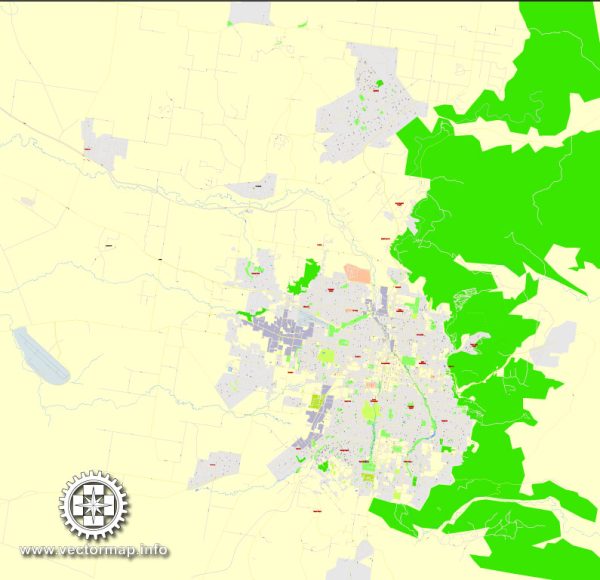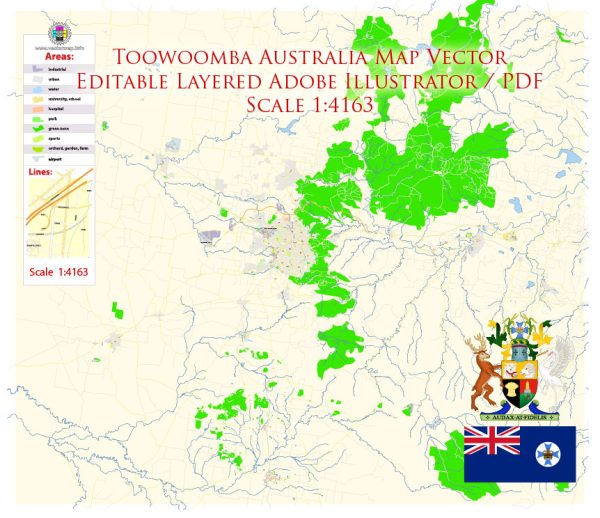Toowoomba, often referred to as the “Garden City,” is a regional city located in the Darling Downs region of Queensland, Australia. The city has a history of urban development that reflects its agricultural roots, economic growth, and cultural evolution. Here is an overview of Toowoomba’s history of urban development:
- Early Settlement and Agricultural Beginnings:
- Toowoomba was initially explored by European settlers in the early 19th century, and by the 1840s, pastoralists and farmers began to establish themselves in the region.
- The fertile soils of the Darling Downs made the area suitable for agriculture, and Toowoomba became a center for grain and wool production.
- Transportation and Infrastructure:
- The construction of the Great Dividing Range railway line in the 1860s connected Toowoomba to the coastal city of Ipswich and facilitated the transportation of goods.
- The railway played a crucial role in the city’s economic development, allowing agricultural products to be transported more efficiently to markets.
- Economic Expansion and Growth:
- Toowoomba continued to grow in the late 19th and early 20th centuries, with the expansion of agricultural industries and the establishment of various businesses.
- The city’s economy diversified, incorporating manufacturing, commerce, and services in addition to its strong agricultural base.
- Cultural and Educational Development:
- Toowoomba became a center for culture and education with the establishment of schools, churches, and cultural institutions.
- In 1904, the University of Queensland established a college in Toowoomba, laying the foundation for the city’s role in education.
- Architecture and Heritage:
- Toowoomba features a blend of architectural styles reflecting its historical development. The city has well-preserved examples of 19th-century architecture, including grand homes, churches, and public buildings.
- The Toowoomba Railway Station and the Empire Theatre are notable heritage landmarks.
- Post-War Era and Suburban Expansion:
- After World War II, Toowoomba experienced suburban expansion and population growth. New residential areas were developed, and the city’s boundaries expanded to accommodate the increasing population.
- Modern Urban Development:
- Toowoomba has continued to grow in the 21st century, with ongoing urban development and infrastructure projects.
- The city has seen the establishment of modern facilities, shopping centers, and recreational areas, contributing to a diverse and dynamic urban landscape.
- Civic Initiatives and Sustainability:
- Toowoomba has been active in civic initiatives, including efforts to enhance sustainability and green spaces within the city.
- The city’s commitment to maintaining its status as the “Garden City” is evident through initiatives promoting parks, gardens, and environmental conservation.
Toowoomba’s history of urban development reflects its transformation from a rural agricultural center to a thriving regional city. Its commitment to preserving its heritage while embracing modern progress has contributed to its unique character and identity in the Australian landscape.



 Author: Kirill Shrayber, Ph.D.
Author: Kirill Shrayber, Ph.D.